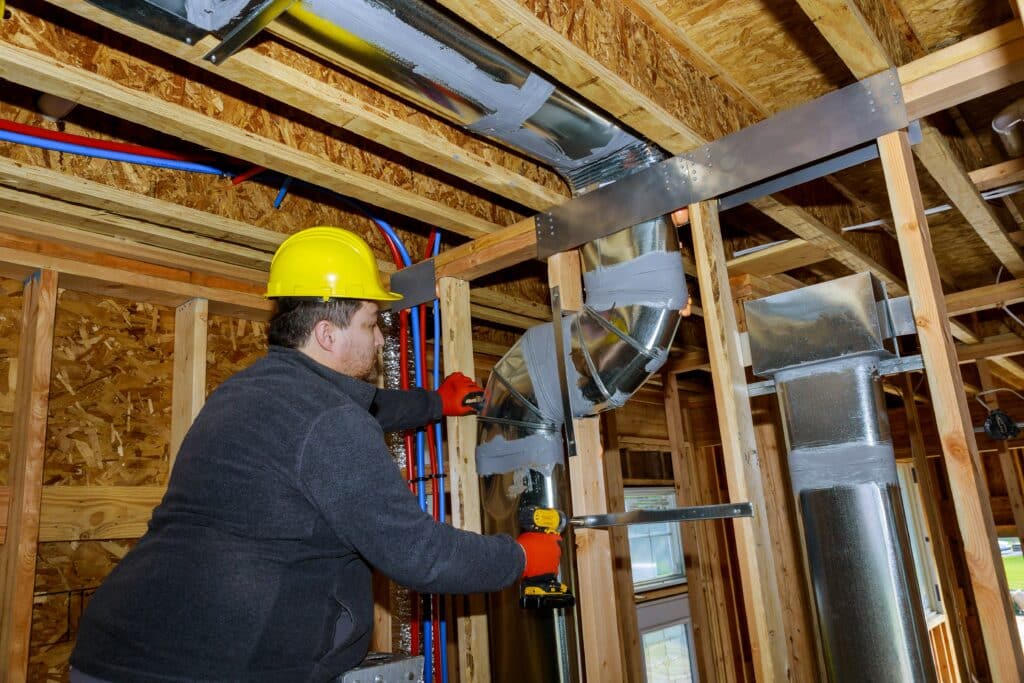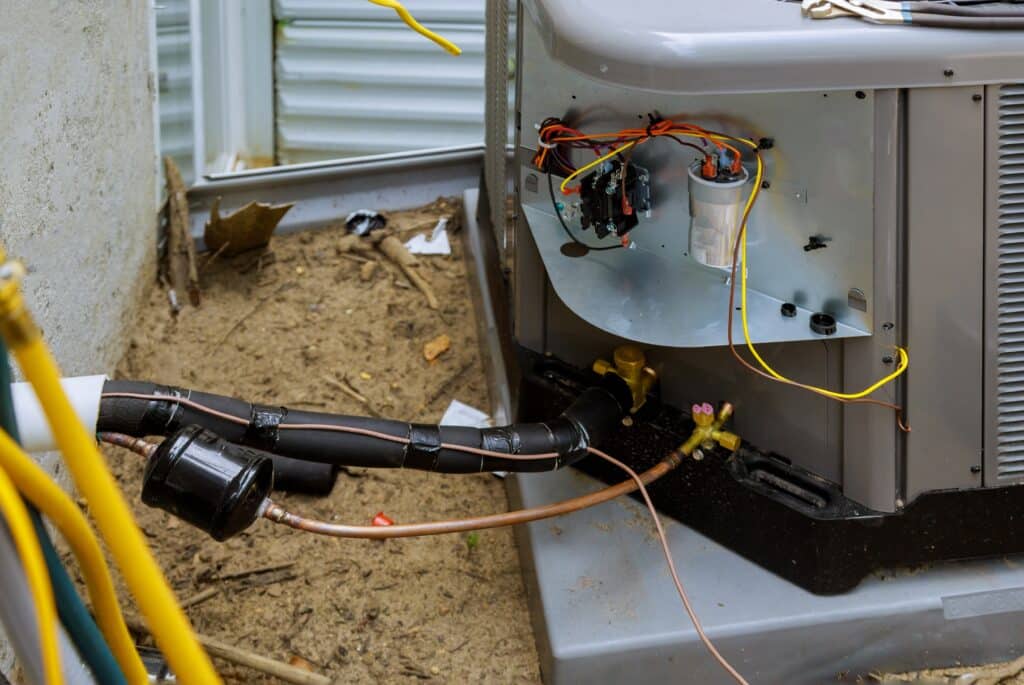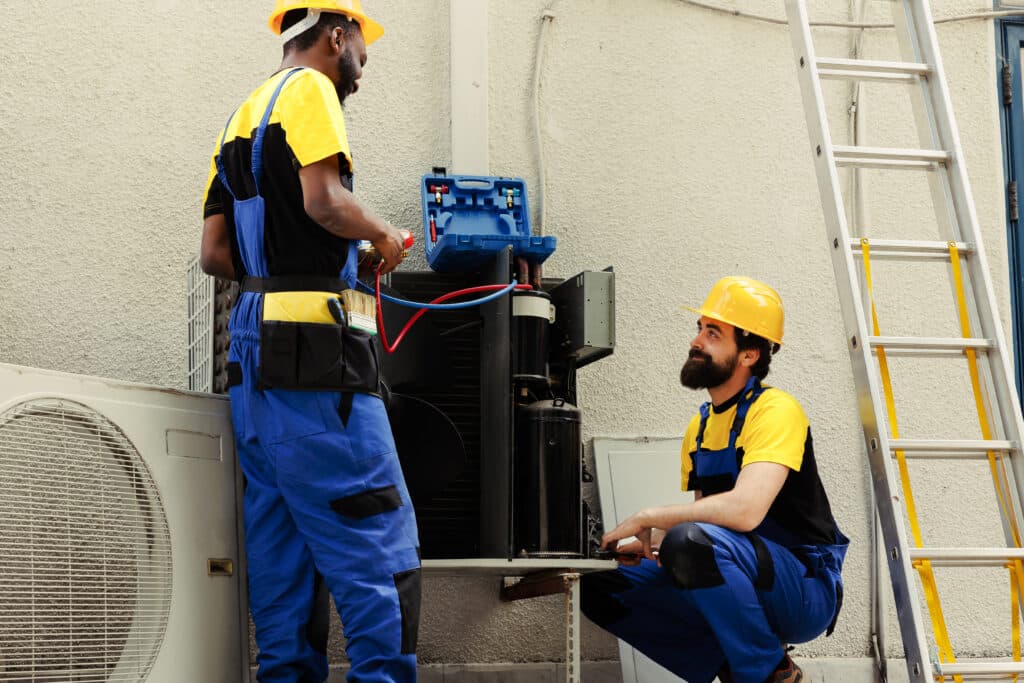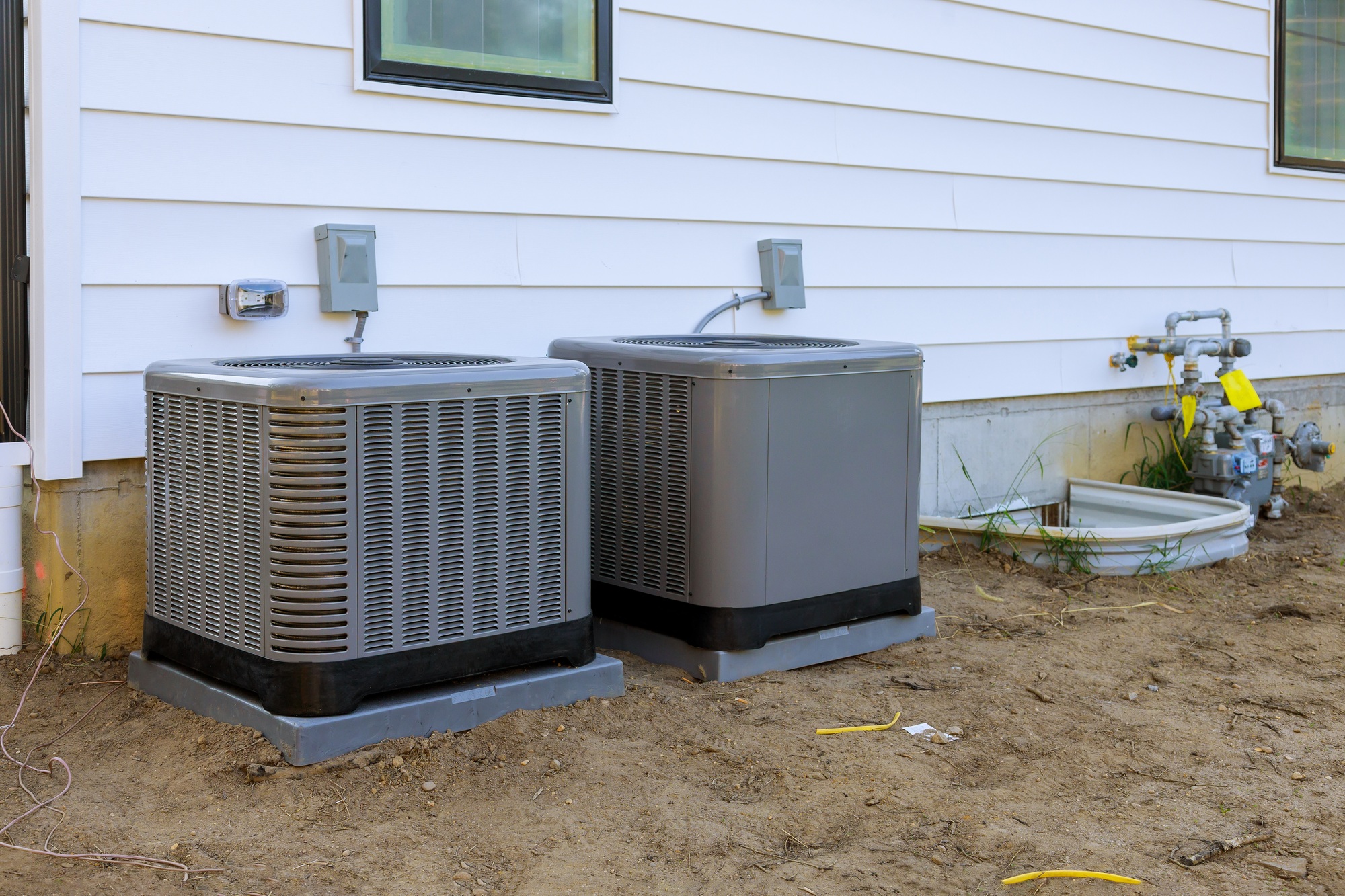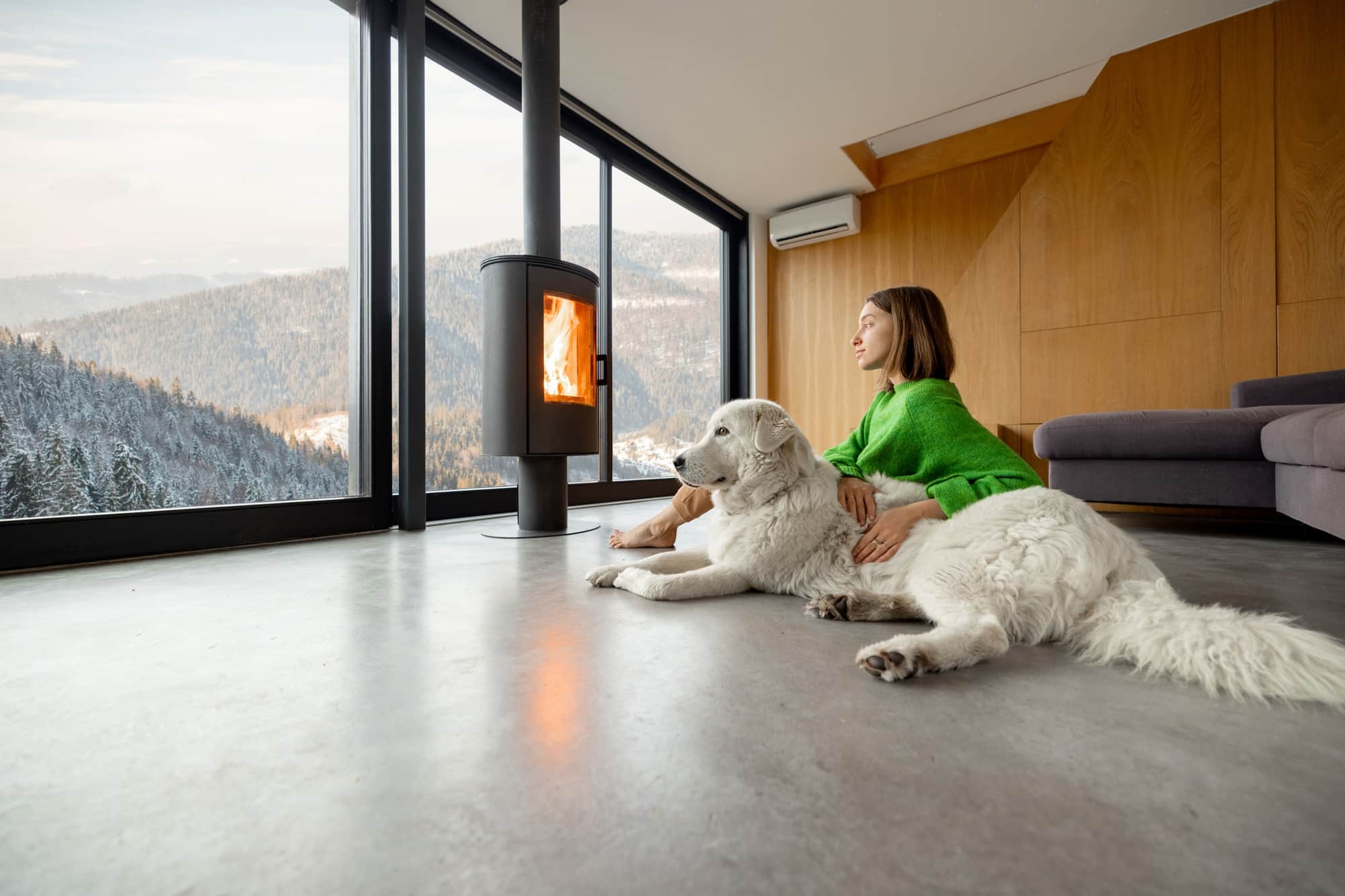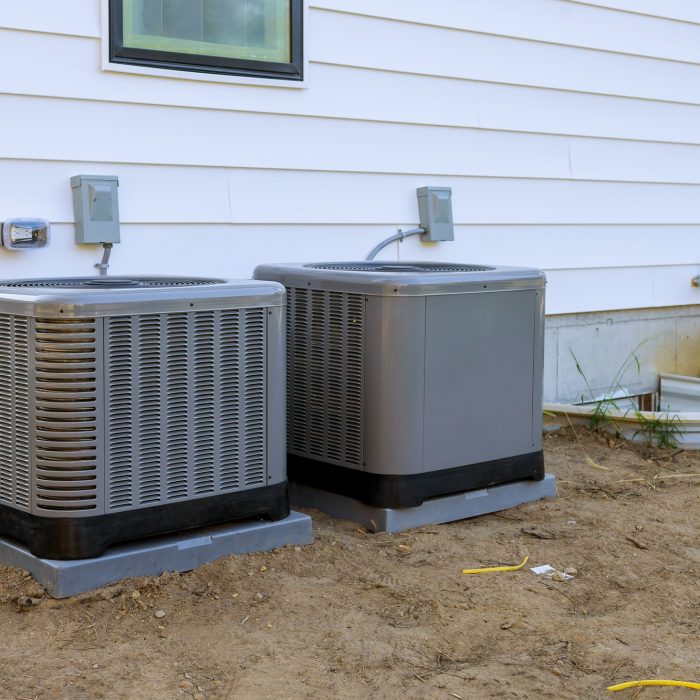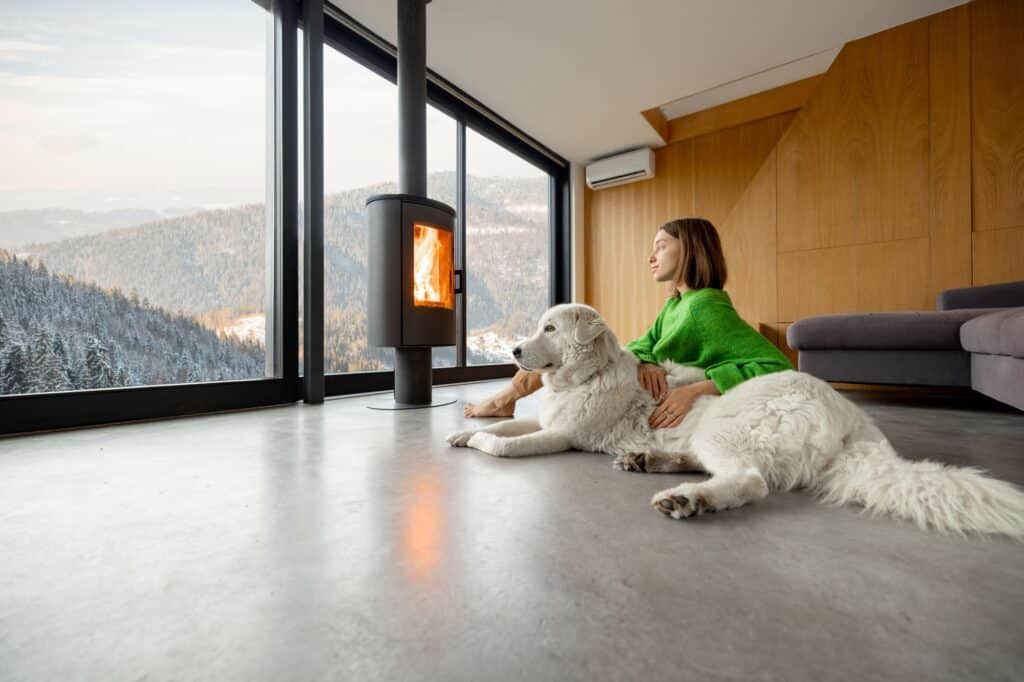
As temperatures drop, heating bills tend to rise, but keeping your home warm doesn’t have to break the bank. With a few smart strategies, you can reduce heating costs without compromising comfort. Here’s how:
Optimize Your Thermostat Settings
Your thermostat is your first line of defense against high heating costs.
- Lower the Temperature: Set your thermostat to 68°F while you’re awake and lower it by 7–10°F while you’re asleep or away. This adjustment can save up to 10% annually on heating bills.
- Invest in a Smart Thermostat: A programmable or smart thermostat adjusts temperatures based on your schedule, ensuring your home stays warm when you need it and energy-efficient when you don’t.
Seal Drafts and Insulate Your Home
Drafty windows and poorly insulated areas can let warm air escape, making your heating system work harder.
- Seal Drafts: Use weatherstripping around doors and caulk around windows to block cold air from sneaking in.
- Add Insulation: Focus on insulating attics, basements, and crawl spaces, as these are common sources of heat loss. A well-insulated home retains warmth more effectively.
Use Your Curtains Wisely
Curtains can help you harness the sun’s heat during the day and prevent heat loss at night.
- Let the Sun In: Open curtains on south-facing windows during the day to let sunlight naturally warm your home.
- Close Them at Night: Close all curtains at dusk to add an extra layer of insulation against the cold.
Maintain Your HVAC System
A well-maintained heating system runs more efficiently, saving you money over time.
- Replace Air Filters: Dirty filters restrict airflow, forcing your system to work harder. Change them every 1–3 months during the heating season.
- Schedule a Tune-Up: Have your HVAC system inspected and serviced by a professional to ensure it’s operating at peak performance.
- Consider an Upgrade: If your system is over 15 years old, upgrading to a high-efficiency model can significantly lower your energy bills.
Use Ceiling Fans to Circulate Warm Air
Ceiling fans aren’t just for summer—they can help in winter, too.
- Reverse the Direction: Set your fan to rotate clockwise on low speed. This pushes warm air that rises back down into the room, improving comfort without raising the thermostat.
Close Off Unused Rooms
If you have rooms that are rarely used, don’t waste energy heating them.
- Close Doors and Vents: Block off rooms you don’t need to heat, but ensure this doesn’t disrupt the overall airflow of your HVAC system.
Dress for the Season
Sometimes the simplest solutions are the most effective.
- Layer Up: Wear warm clothing and use blankets to stay comfortable without relying solely on your heating system.
- Use Area Rugs: Rugs add warmth and insulation to hardwood or tile floors, making your home feel cozier.
Leverage Space Heaters Wisely
Space heaters can supplement your heating system in specific areas but should be used cautiously.
- Target High-Use Spaces: Use space heaters in the rooms you occupy most instead of raising the thermostat for the entire house.
- Choose Energy-Efficient Models: Look for heaters with safety features and an energy-efficient rating.
Monitor and Reduce Energy Usage
Stay proactive about tracking your energy consumption to identify areas for improvement.
- Energy Audit: Conduct a professional energy audit to pinpoint inefficiencies in your home. Many utility companies offer this service for free or at a reduced cost.
- Smart Plugs and Timers: Use these devices to control heating accessories, ensuring they’re only on when needed.
Take Advantage of Utility Rebates and Incentives
Many local utility companies and government programs offer rebates for energy-efficient upgrades.
- Rebates: Check for rebates on items like high-efficiency furnaces, insulation, or smart thermostats.
- Tax Credits: Federal or state programs may provide credits for energy-efficient home improvements.
